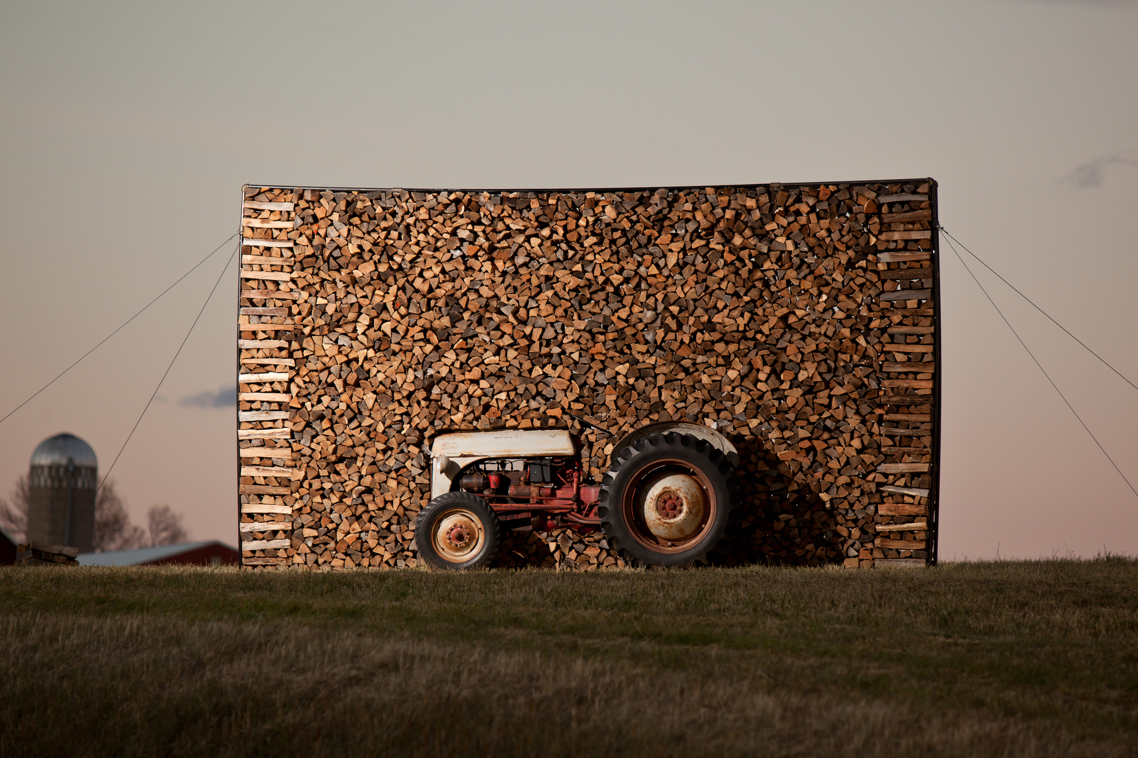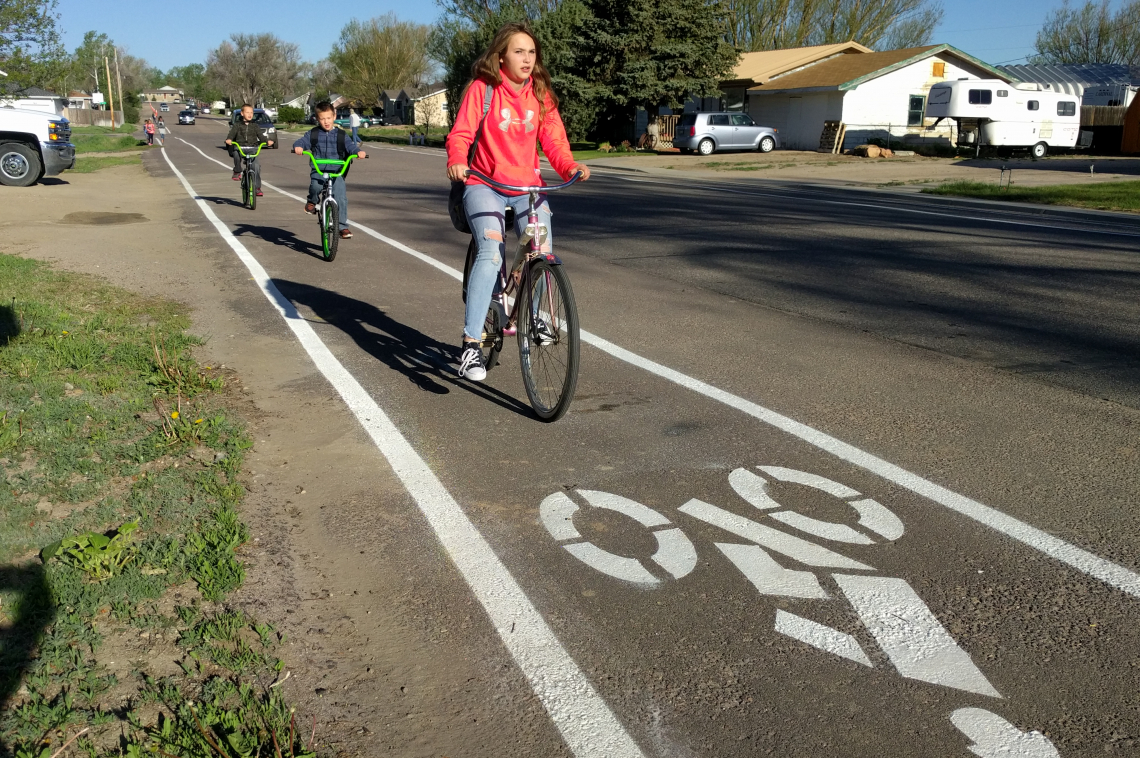

Every place is home to a mix of assets and challenges. Much of rural America is blessed with close-knit communities, long-held traditions, and historic architecture, but shrinking employment opportunities, small tax bases, and unbalanced development can threaten residents’ quality of life.
No two communities’ recipes for success are the same, but all have the potential to leverage arts and culture to help maximize their assets and meet their challenges. Unfortunately, the expertise and assistance to do so are often concentrated in urban locales, leaving rural areas at a disadvantage.
It is the work of The Citizens' Institute on Rural Design (CIRD), an initiative of the National Endowment for the Arts (NEA), to solve for this discrepancy. CIRD brings community design resources to rural areas nationwide, to help people bring their good ideas to life, wherever they live.
CIRD was established in 1991 (under the name Your Town: the Citizens' Institute on Rural Design) as a partnership between the NEA, the National Trust for Historic Preservation, and the State University of New York at Syracuse. In the many years since, CIRD has convened more than 80 workshops to empower residents as they redesign their streetscapes, establish new parks and trails, activate their Main Streets, and more—all in all, making their communities better places to live, work, and play.
Today, CIRD remains a thriving design leadership initiative of the NEA, now with lead cooperator Project for Public Spaces in partnership with the Orton Family Foundation. In April, CIRD announced the four communities it selected to host rural design workshops for the 2018 program year. As programming gets underway, ArtPlace gathered perspectives from CIRD administrators past and present to help illuminate why this initiative has stood the test of time, how it’s changed over the years, and what opportunities it continues to offer.
Jamie Hand, Director of Research Strategies at ArtPlace, oversaw CIRD at the NEA from 2011 to 2013
When Jamie came on, CIRD “had been going on for 20 years, but was a bit of a ‘hidden gem,’” she says. “We decided it needed some elevating: both in terms of what it had been doing and its communications and messaging. Plus the Our Town / Your Town names were confusing!” (Our Town is the NEA’s creative placemaking grants program, which launched in 2011.)
CIRD began a partnership with the U.S. Department of Agriculture (USDA) around 2012. “The USDA is just so big; the NEA is pretty nimble in comparison,” Jamie says. “The USDA's Rural Development program would fund infrastructure projects like utility upgrades and fire stations for rural communities. But someone from USDA told us, ‘We fund these capital projects, but we don’t know how they came about. Do communities want them? Who asked for them?’ By contrast, CIRD provides the resources for a community to think about what they need before they build it. The USDA thought that was pretty novel!”
“We at ArtPlace are now thinking about the best ways to provide support to communities going forward,” she says. “This model of a community design workshop helps start the conversation in a way that’s lower cost and lower risk: a slower build, community organizing approach. In some small towns, that includes getting the mayor and government officials in the same room as artists and business owners. That’s a rarity, and CIRD does it well. For communities looking to start their work in this way, CIRD is a good first step.”
Cynthia Nikitin, Senior Vice President of Project for Public Spaces (PPS), and Director of CIRD
As the lead cooperator for CIRD, PPS manages all aspects of the program, from the competitive application process to the planning of the workshops. “We help these communities define what they really want to do,” Cynthia says, “and we do a lot of ground-truthing to determine: ‘Will this work here? How do these things connect to other opportunities or build upon your assets?’ Then we do the matchmaking: we bring them together with the people who can help them. You want to do main street redevelopment? We can get Ed McMahon to come spend three days with you.”
“CIRD is a gateway opportunity,” she explains. “Many of our awardees have never gotten federal dollars; they don’t know how to navigate those processes. But once you have this recognition from the NEA, other agencies may look more favorably on you. On the surface, it looks like we just give people a technical assistance grant, but we’re also building their capacity to organize; getting their officials together; helping them to talk about outcomes and have something tangible to show at the end of the two-day workshop. Other federal funders see this and say, ‘I’ll keep an eye out for your application; I want to fund you’—where before, they’d never heard of the place. We’re that bridge.”
“We advocate for arts and culture as engines of rural communities,” Cynthia says. “‘Arts & ag’ is better than ‘eds & meds,’ in my opinion” (arts and agriculture, versus health care and education). “This is people’s livelihoods; this is serious stuff. If the coal mine closes and you’re a luthier or a potter, you need to connect to markets. If there’s cotton in your area, think fiber artists. Think about Small Change; work with your university’s ag extension. CIRD is about ways to take your internal resources, bring them together, and figure out how to solve your problems on your own, because that’s what makes communities resilient—not waiting for IBM to move back to Kingston [New York], because it probably won’t.”
Jen Hughes, Design and Creative Placemaking Director for the NEA
Jen says CIRD is a unique program for many reasons, including its decades-long history. In that time, it’s evolved. “Since PPS took over in 2012, there’s been a lot of focus on network-building,” she says. “Before that, CIRD was very spoke-and-wheel. Coordinators would be working alongside the communities, but not necessarily linking them together. That’s a great strength that PPS has brought: more peer visits, more people participating in each other’s workshops… It’s not just about bringing nationally renowned design folks to rural communities, but also about bringing local experts to other areas.”
She says the program has also “reached and touched” more types of communities in recent years: in 2016 and 2017, two tribal communities were selected. “It was great to bring those folks into the fold,” Jen says. “Their arts and cultural heritage is so rich; they had a lot to share with other program participants.” She also reports that “each year, folks are coming to the table with even deeper partnerships. Close connections like that have always been evident in rural communities, but it’s been really encouraging to see them building further.”
In addition to CIRD, Jen says NEA’s Our Town awards about 25 percent of its funds to rural projects (the program is accepting applications until August for its current cycle). She explains that some communities have progressed from CIRD support to an Our Town grant. For example, in 2004, the city of Driggs, Idaho participated in a CIRD workshop focused on downtown design as a revitalization tool. Building on that workshop, they were awarded an Our Town grant in 2012 toward the creation of a permanent arts-focused public space in their city center plaza.
“We would love to see the CIRD program perceived in rural communities as a first step in thinking through rural revitalization,” Jen says. “What are the assets already in place that a community can build upon to drive revitalization, attraction, and retention?”
***
Whether or not you work directly with CIRD, you can access a wealth of free information about community design through their website and social media:
- Webinars: Topics include community engagement, rural design, partnership development, and workshop planning.
- CIRD Coordinator's Manual: Jen says, “This is a great resource communities can leverage about how to galvanize public support for a rural design project.”
- CIRD FAQ
- CIRD on Twitter: @rural_design
- CIRD on Facebook: facebook.com/ruraldesign
The NEA rebids CIRD’s lead cooperator position at regular intervals; this summer, they will issue a program solicitation for interested organizations. Watch the NEA website for updates: https://www.arts.gov/artistic-fields/design.





